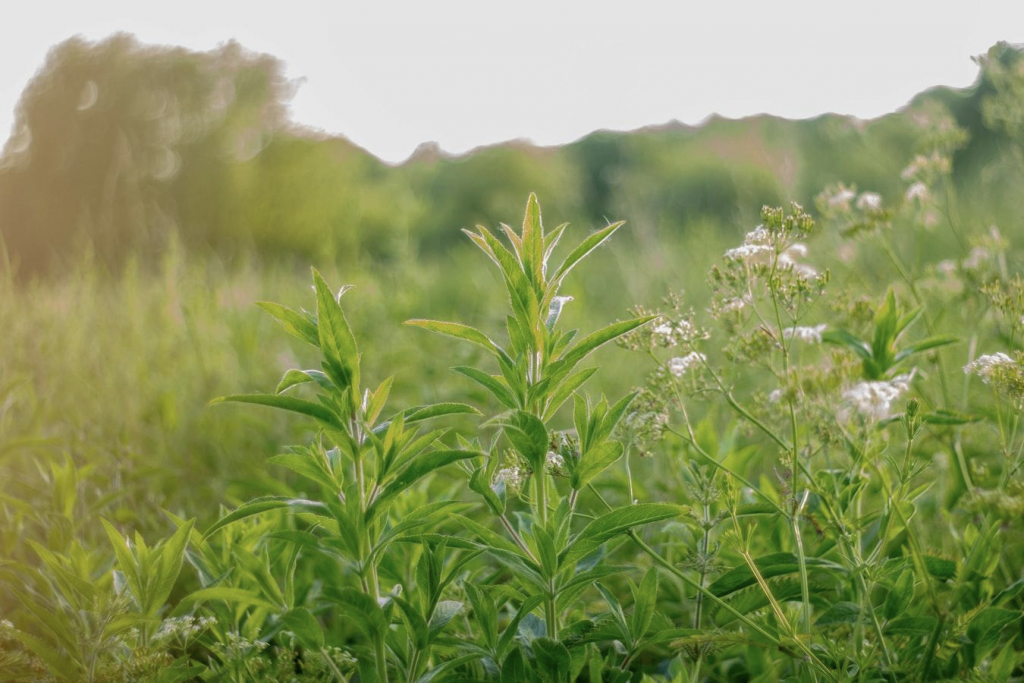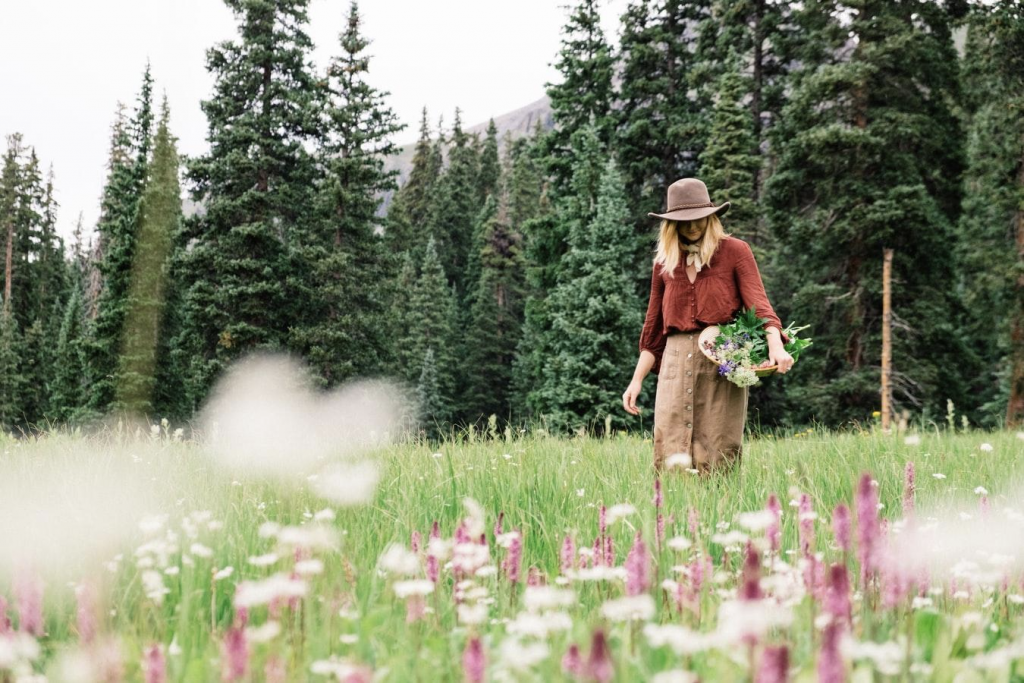The COVID-19 pandemic is starting to wane, and the world is slowly going back to normalcy. However, without an effective vaccine or cure and with the knowledge that the coronavirus is still around, the fear of contracting COVID-19 lingers in the air. When you get a cold, stricken with a cough, or suffering from a high fever, you would fearfully assume the worst.
This is only natural, considering the financial, social, and health hazards of COVID-19. But you can ease off your worries if you can somehow deal with those symptoms. One of the ways to do this is to turn to natural, organic remedies – herbs!
Yes, herbs have been used since ancient times in treating everything, from simple headaches to life-threatening diseases. There’s no reason why people should discount herbal therapy even amidst more advanced pharmaceuticals.
Getting the Ideal Herbal Mix

In itself, each herb provides a benefit and can alleviate lots of symptoms including those that are common for potential COVID-19 positive persons. However, the curative power of herbal therapy becomes more effective when herbs are mixed together.
Here are some useful tips on how to achieve perfect herbal blends. However, we highly recommend consulting an herb expert to help you identify the herbs you need, the benefits they provide, the right way to prepare them, and so on.
Select the right herbs
Each herb affects everyone differently. In fact, an herb that is considered beneficial may actually be unsafe for people with certain medical conditions. An herb may even react negatively to prescribed medication or to another herb.
So, think of safety first. Prior to making herbal concoctions, ensure you’re using the right herb, determine how it may affect the person taking it, what is the ideal dosage, and what preparation is ideal for your requirements. This is why you need the advice of an herbal expert.
Know the benefits of the different parts of the herb
Each part of an herb has a certain use. Leaves of the Stinging Nettle, for instance, are anti-inflammatory. The sap of the Century Plant is considered to be a laxative and has diuretic properties. The seeds of the Caraway Plant are traditionally used as a home remedy for digestive problems.
Ensure that the herbs you purchase or harvest are free of contaminants
Herbs that are utilized for medicinal purposes should be grown in an environment far away from traffic and pollution. Contaminants can hamper the herbs’ properties, and you don’t want to ingest pollutants together with the herbs.
Ideally, herbs should be grown organically and free of herbicides or pesticides. Look for labels such as “chemical-free,” “GMO-free,” and “100% organically grown.”
Harvest and use herbs in season

In herbal medicine, the potency of herbs is strongest when they’re in season. Below is a general guide as to when different parts of an herbal plant are harvested. However, it’s highly recommended to consult an herb expert when specific herbs need to be harvested.
- Leaves – gathered before the plant produces flowers. If all parts of the plants are intended to be used, then the entire plant is harvested while in flower.
- Flowers – harvested when newly opened
- Seeds – taken when ripe, with a few exceptions.
- Roots – harvested after the rest of the plant dies during fall.
When mixing herbs, check which herbal preparation method is applicable.
You can purchase the best quality herbs, but to truly make the most use of them, you need to prepare them correctly. Below are some of the most common herbal extraction and blending methods and when they’re most applicable:
- Infusions and Decoctions –these are mixed herbs boiled in hot water to make tea. This works for most herbs. It’s an ideal method for addressing digestive, respiratory problems, or for mere relaxation and enjoyment. Liquids from infused or decocted herbs can be used as bases for enemas, steam inhalation solutions, sitz baths, and more.
- Tinctures – these are herb blends that are steeped in a mixture of alcohol. Herbs that are abundant in volatile oils are best used for tinctures. The nice thing about tinctures is that they can be conveniently carried anywhere as they are mostly available in small bottles. Because tinctures are concentrated, they are added to beverages such as water, tea, or juice.
- Vinegar-based extractions – rather than alcohol, the blended herbs are steeped in natural vinegar. Unlike infusion or decoction in which the introduction of heat compromises the nutritive value, these blends draw out and preserve more nutrients and minerals. This and the fact that they have longer shelf lives are the reasons vinegar-based herbal extracts are becoming popular.
- Herbal vinegars are often used to alleviate upper respiratory problems such as congestion or sore throat. They can also restore your hair’s pH balance and prevent itchy scalp.
- Poultices and Salves – these are often a blend of fresh and dried herbs that have been moistened with water (poultices) or oil (salves). Poultices or salves are then applied externally to treat burns, insect bites, stings, rashes, and inflammations. Poultices or salves can also have cooling, heating, or astringent effects depending on the herbs being used. Salves are generally thicker and dry slower, allowing the herbs’ effects to last longer.
- Fomentations – these are simply infused or decocted herbs that are soaked in a clean piece of cloth. The cloth is then applied on the skin as a compress, either hot or cold. Hot compresses help relax tight muscles and improve blood circulation. Cold compresses are used to relieve discomfort from bruises, burns, irritations, and inflammations.
- Herbal honey – herbal blends that are mixed with honey help clear sore throat, deactivates viruses, and strengthens the immune system. This is good news if you think you are experiencing COVID-19 symptoms. In addition, honey itself has anti-bacterial and anti-allergy properties.
Conclusion
In this age of modern pharmaceuticals, herbal mixes are often relegated to the category of alternative medicine or pseudoscience. However, our ancestors have been using herbs for centuries to relieve themselves of hundreds of ailments. That is solid proof enough that herbal blends, when created and applied correctly, are safe and effective.

Lillian Connors is a Senior Content Developer at ACT-ENVIRO, with years of experience in developing content.
Throughout her career, she always looked for ways to contribute to the environment in recycling efforts, while providing valuable information with her written articles.
She’s deeply into green practices, cherishing the notion that sustainability not only makes us far less dependent on others regarding how we live and do business but also contributes to our planet being a better place to live on. When she is not trying to improve the things around her (and herself, for that matter), she likes to lose herself in a good book and sip on an occasional appletini.
